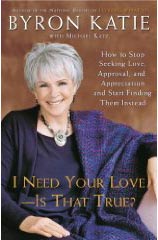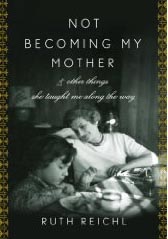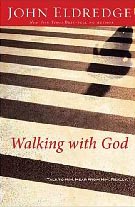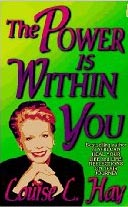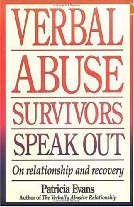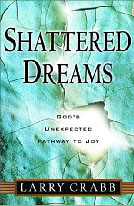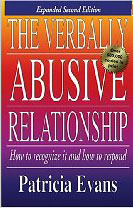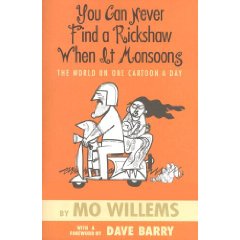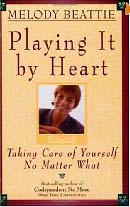Review of Steering by Starlight, by Martha Beck
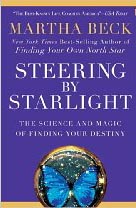
Steering by Starlight
Find Your Right Life No Matter What
by Martha Beck
Rodale, 2008. 232 pages.
Starred review.
I do love Martha Beck’s books. Something about them speaks directly to my soul. Steering by Starlight is no exception, even though it is not autobiographical like Expecting Adam and Leaving the Saints.
Martha Beck is a Life Coach, and Steering by Starlight is full of techniques she has used to successfully help her clients find their right lives.
Honestly, I wasn’t feeling a need for direction when I read the book. I picked it up because it was by Martha Beck. My husband leaving me threw me into a new life, and I have learned from that experience to listen to God’s guidance, and to pursue the passions God has given me.
So instead of turning me in a whole new direction, this book resonated with the things God was already doing in my life.
I don’t think I’ll try to intellectually summarize the book. In this book, Martha Beck speaks to the Stargazer inside of you. She says,
“In one of my previous books, I used the phrase ‘your own North Star’ as a metaphor for your right life, in order to avoid using the word destiny and its mystical nuances. But since writing that book, I’ve worked with well over a thousand clients, and I’ve seen that once they commit to following their own North Stars, the word mystical is a tame description of what actually unfolds. I’m skeptical of religion and superstition, and I believe there’s a scientific explanation for everything. But I also know from much experience that current science can’t begin to explain the things that will happen to you if you begin steering your life by starlight.”
Her book covers a wide array of concepts. Here are just a couple that rang true for me.
Several books I’ve read recently have said that you need to question your underlying assumptions — the beliefs you’ve grown up with that you simply assume are true. (Like, “Good people don’t get divorced.” or “Things can’t go so well much longer.” or “There will never be enough.”) I like the way Martha Beck describes these beliefs as coming from your “inner lizard.”
“The entire purpose of your reptilian brain is to continuously broadcast survival fears — alarm reactions that keep animals alive in the wild. These fears fall into two categories: lack and attack. On one hand, our reptilian brains are convinced that we lack everything we need: We don’t have enough love, time, money, everything. On the other hand, something terrible is about to happen. A predator — human or animal — is poised to snatch us! That makes sense if we’re hiding in a cave somewhere, but when we’re home in bed, our imaginations can fixate on catastrophes that are so vague and hard to ward off that they fill us with anxiety that has no clear action implication…. Every person’s fears are unique, but the themes of lack and attack are drearily repetitive.”
She has quite a few tips for dealing with your inner lizard, and I especially liked the one about finding the ridiculous side to the lizard’s fears:
“To the part of my mind that isn’t a terrified reptile, fear in the absence of an actual physical threat (such as, say, a grizzly bear) is always ridiculous because it’s not actionable — there’s nothing I can do about an imagined danger except develop ulcers and high blood pressure. Dealing with present dangers from a fearless place and letting go of all fears that can’t be addressed because they exist only in your fantasies is the only way to thrive.”
I also loved the section where she talks about how we grow from the painful experiences in our lives:
“Adopting the perspective of the Stargazer not only leads us toward our future best destinies but actually transmutes past unhappiness into treasure. This is because, in emotional terms, everything is made from its opposite. The raw material for joy is sorrow; the raw material for compassion is anger; the raw material for fearlessness is fear. This means that the very people who hurt you worst may turn out to have enriched you most. “Forgiveness” isn’t even an issue from the position of the Stargazer. Why would anyone bother to “forgive” someone who’d made them rich?”
I found this book packed with good concepts like that. I highly recommend it.
Find this review on Sonderbooks at: www.sonderbooks.com/Nonfiction/steering_by_starlight.html
